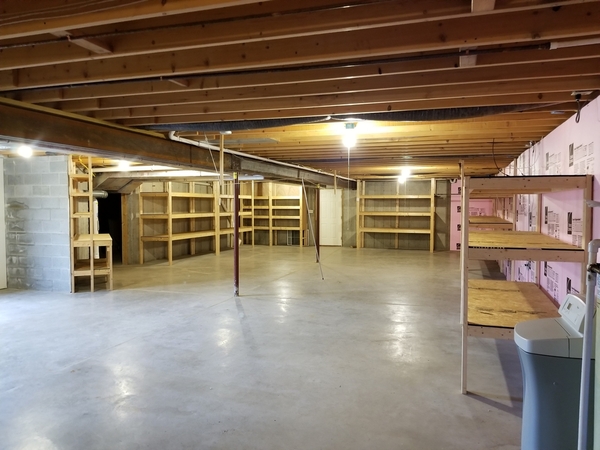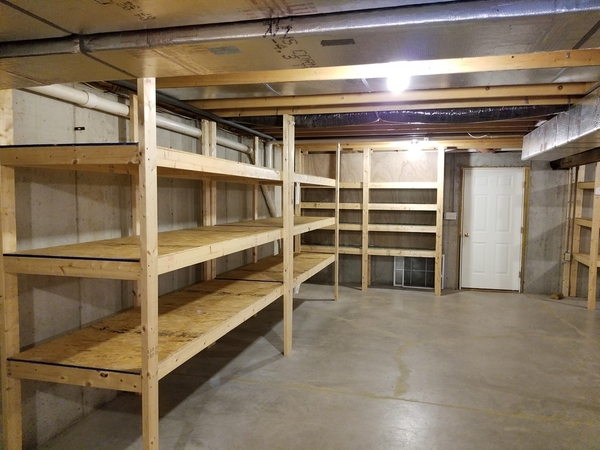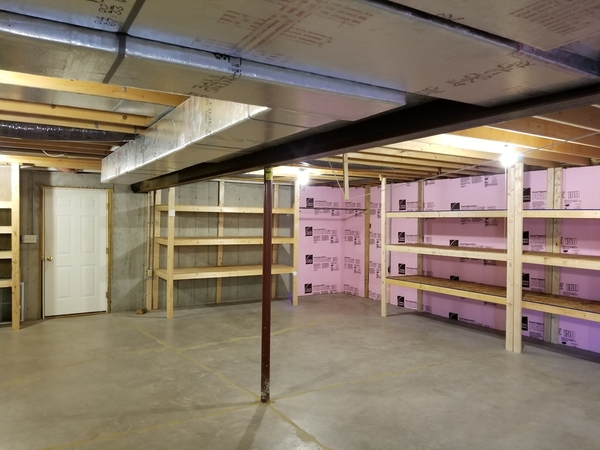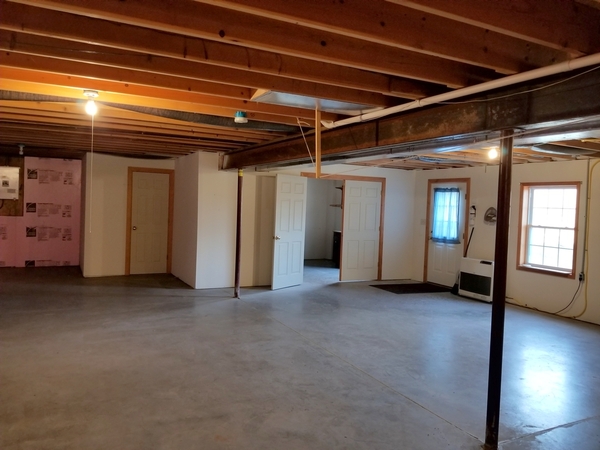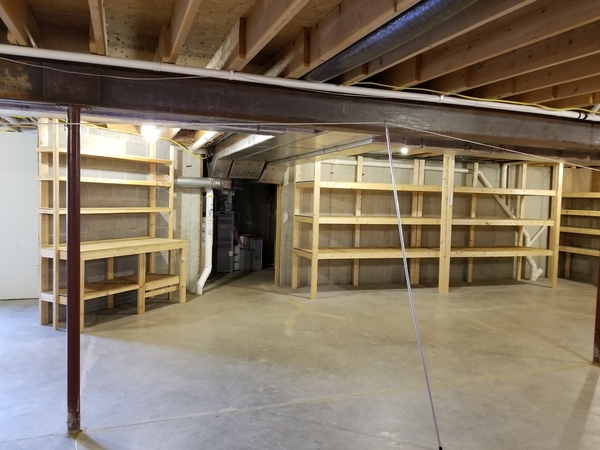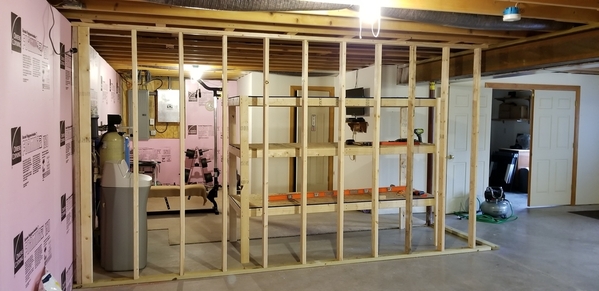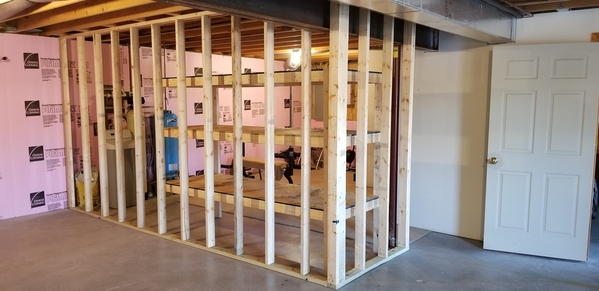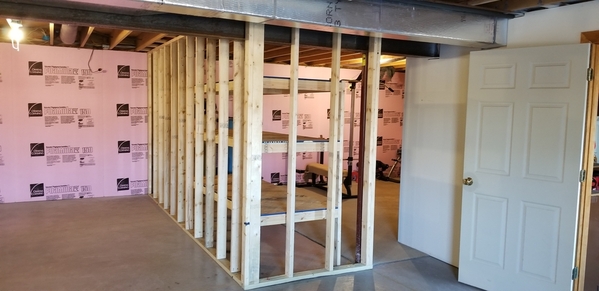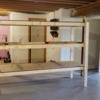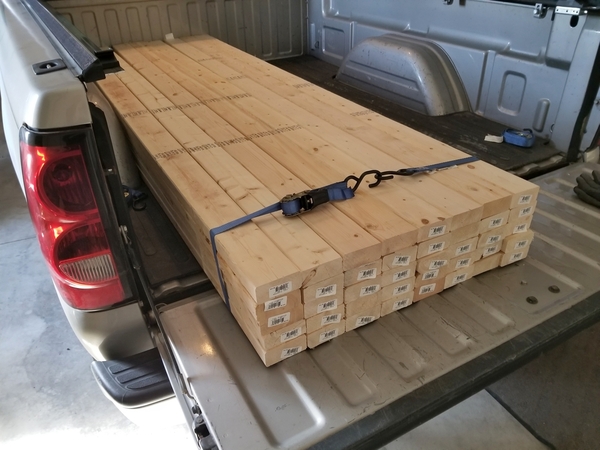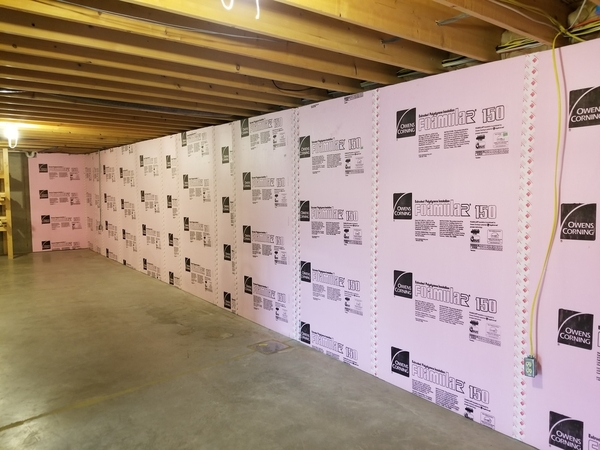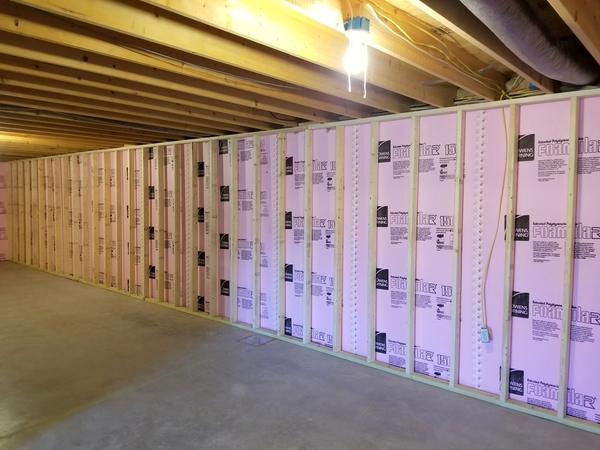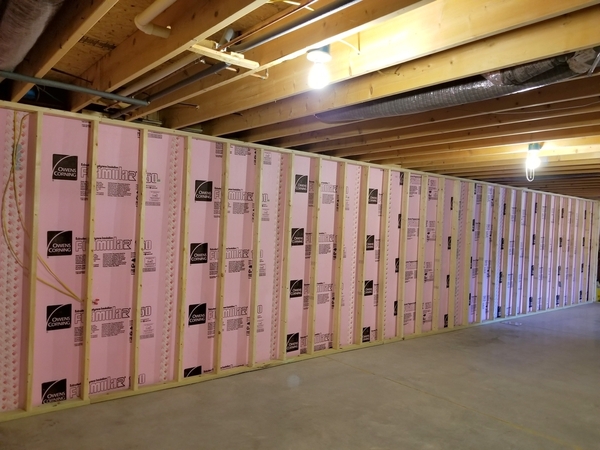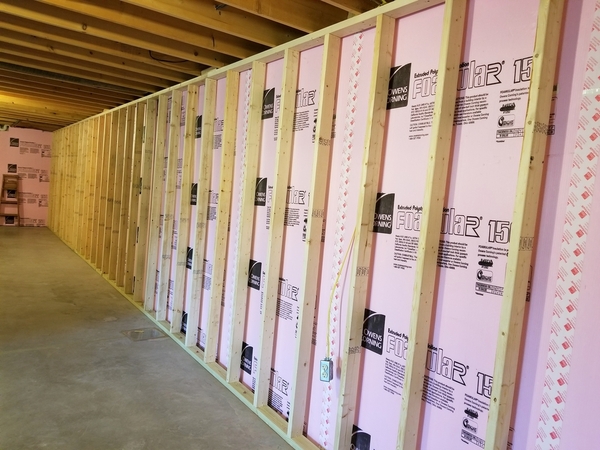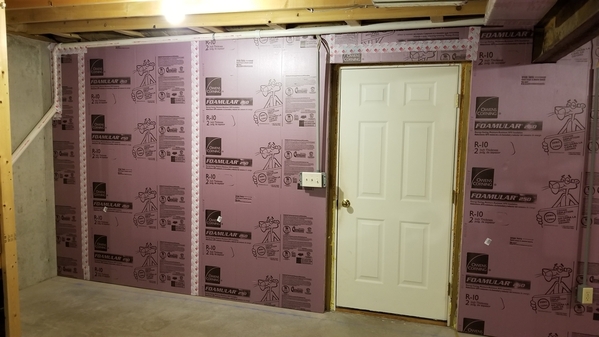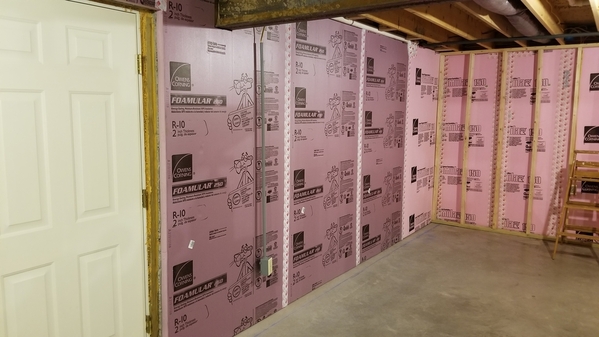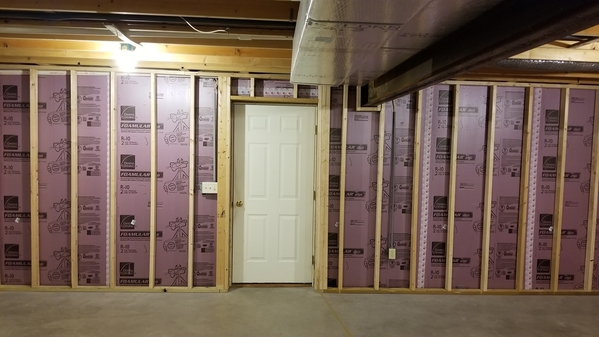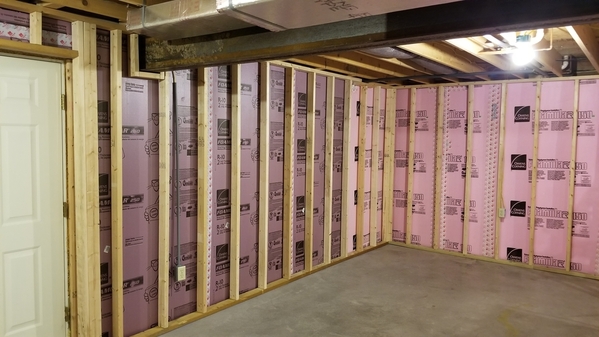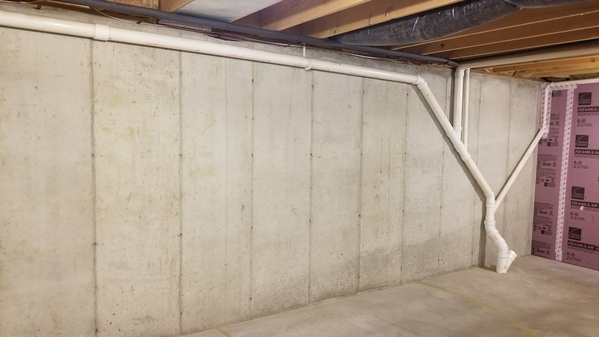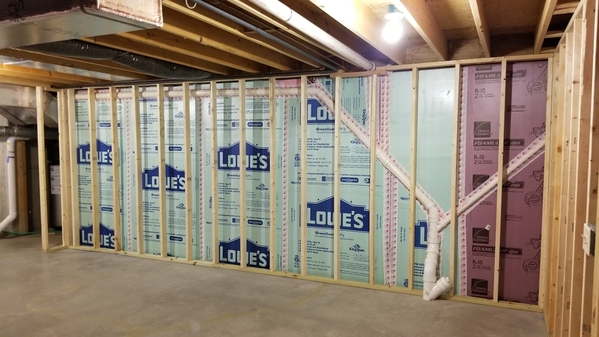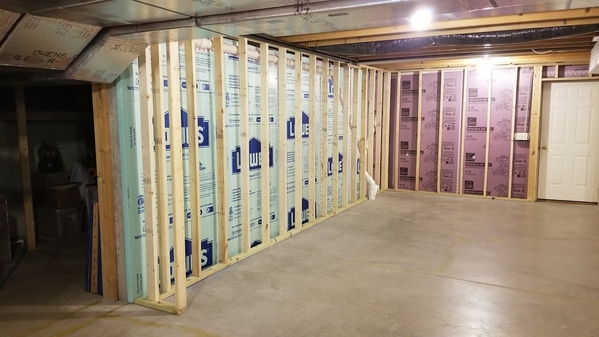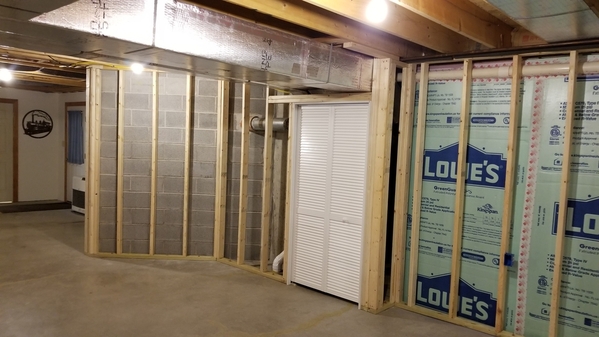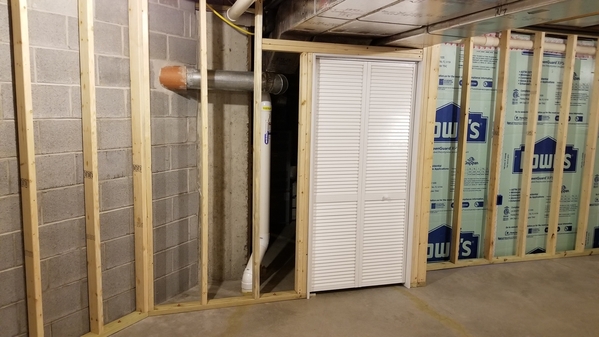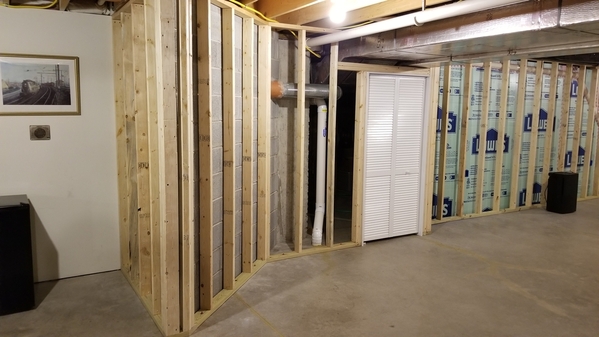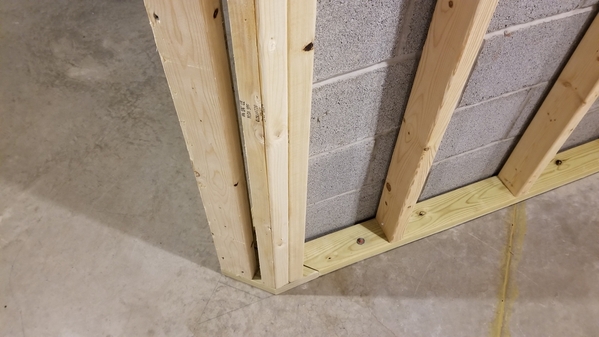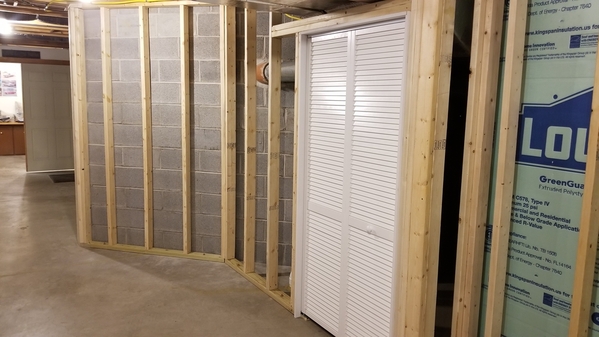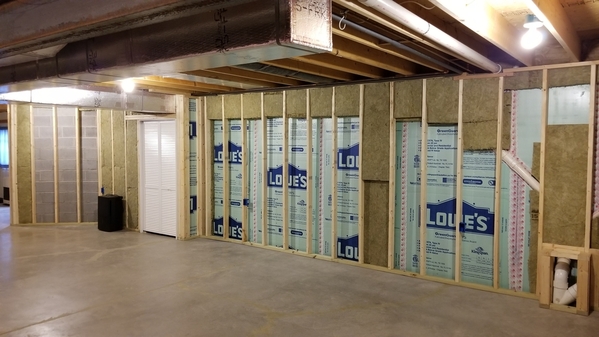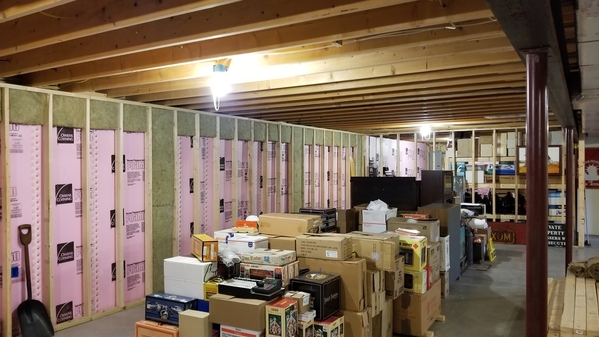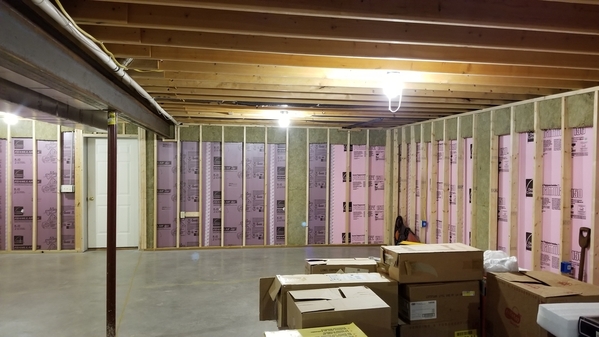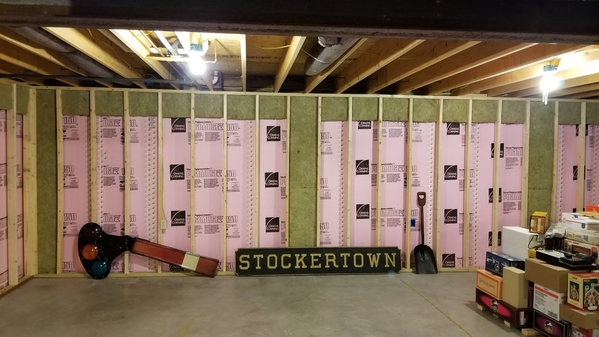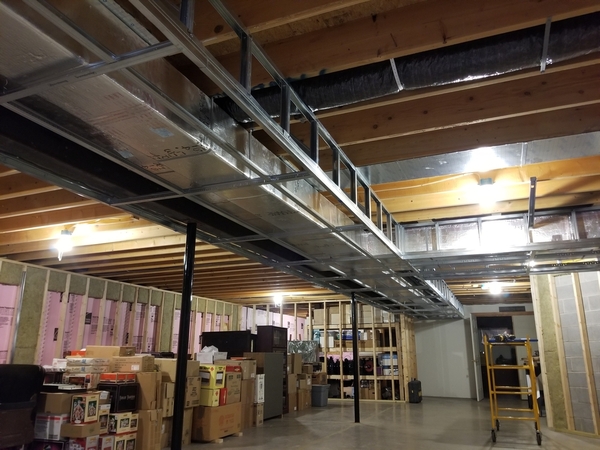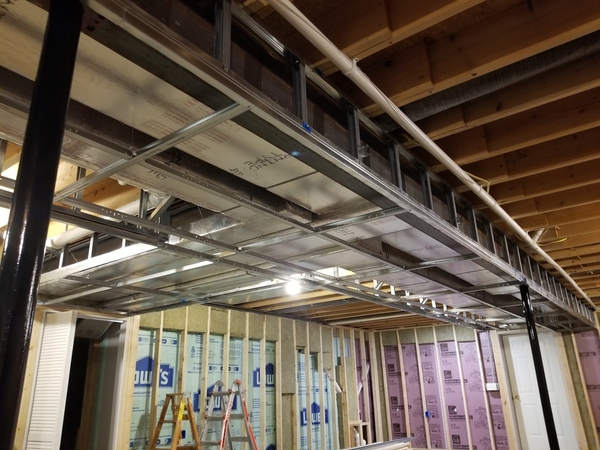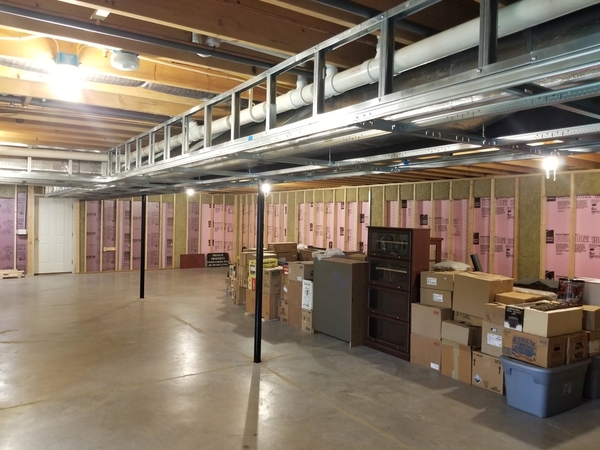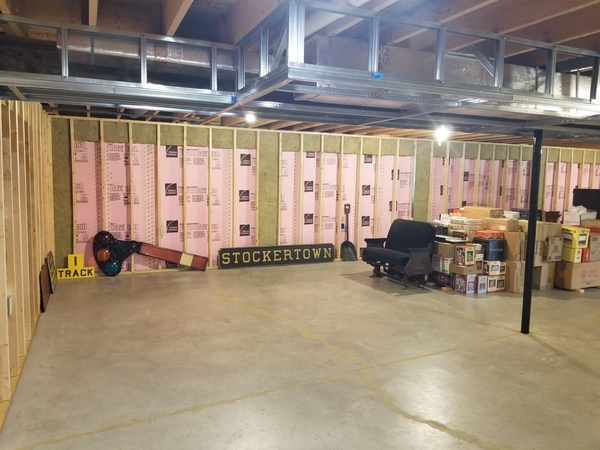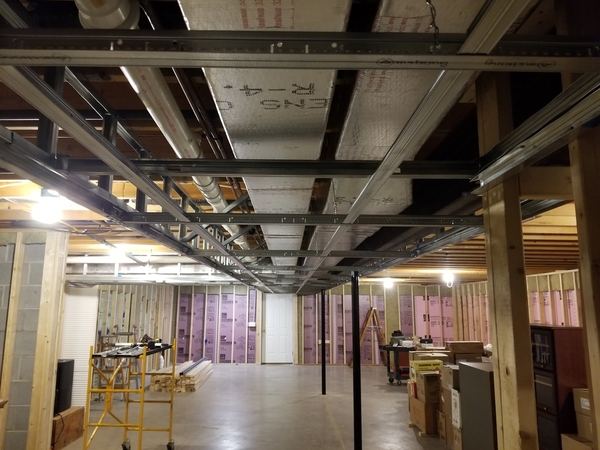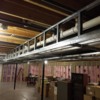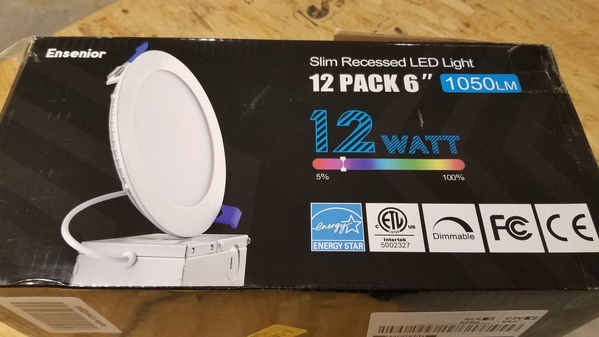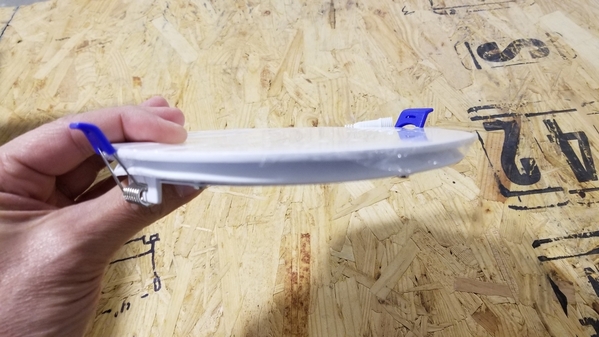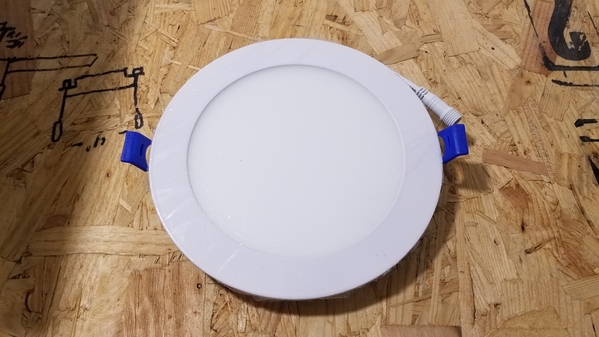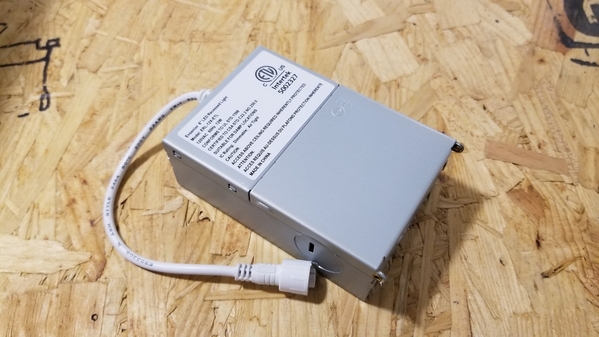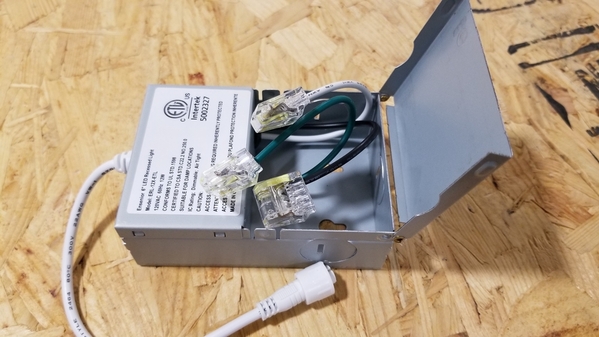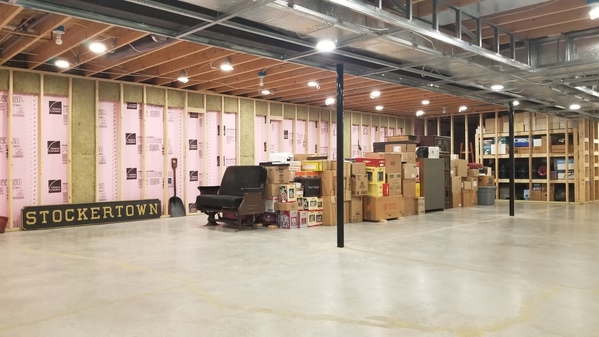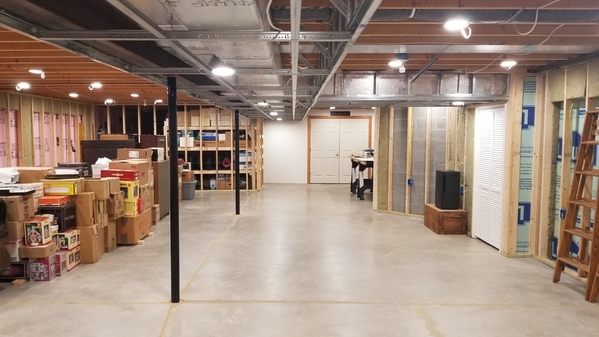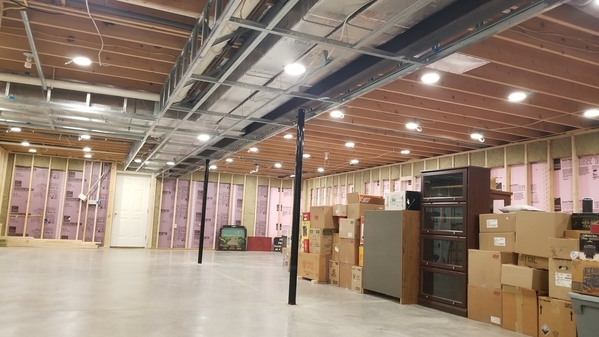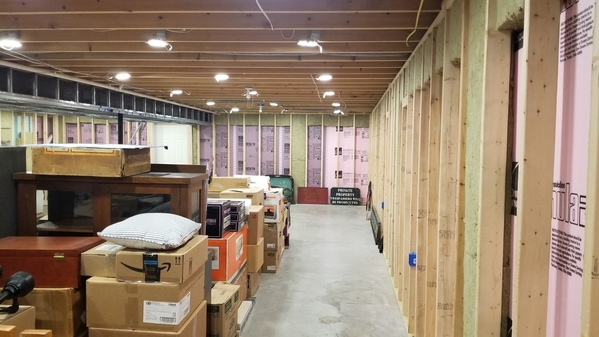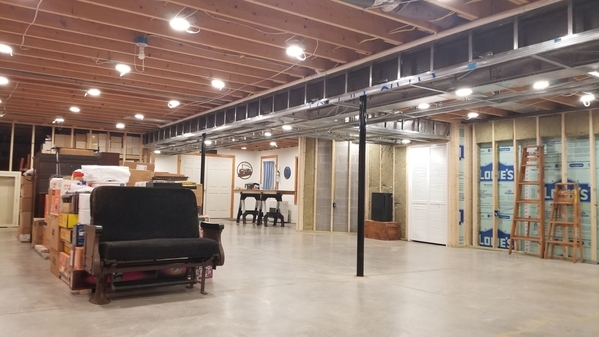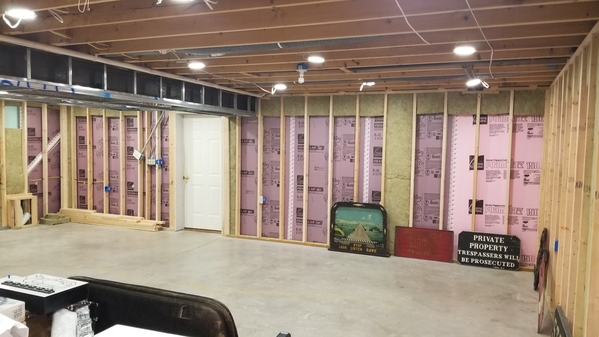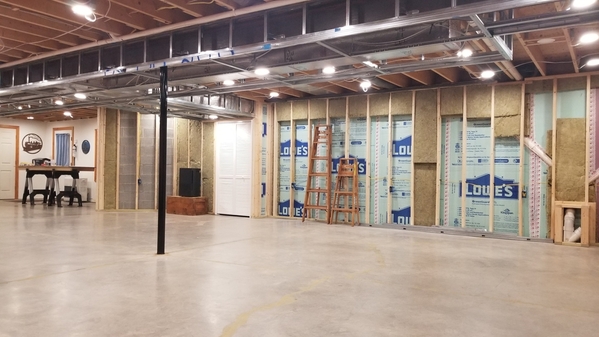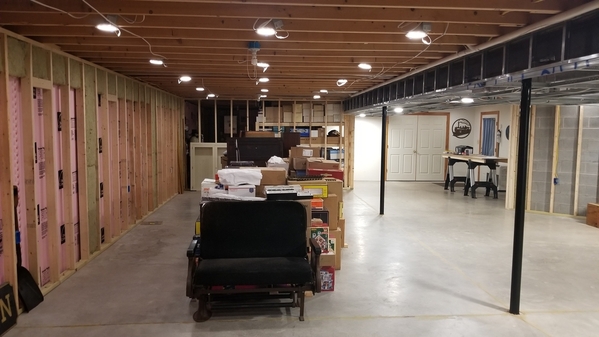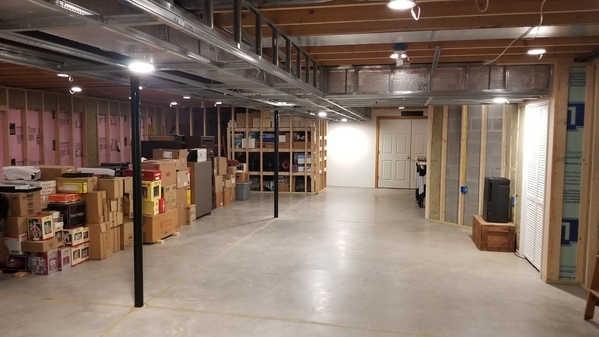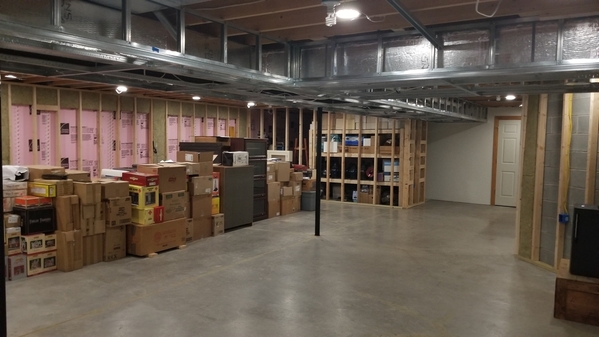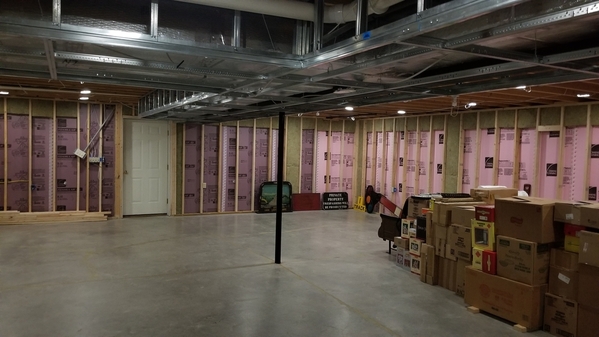So, a little over two years ago I was finally able to start on finishing my unfinished basement which will become my layout and railroadiana room. Since I wanted to do most of the work myself, progress was slow last year but has greatly picked up this year. As of today, 3/22/21, I only have the suspended ceiling, carpeting and trim left to do. I did have some great friends help me along the way. I could not have done it without them.
I know a lot of Forum members enjoy the layout build threads, and even though I’m still a ways off on my layout, I figured some may be interested in the basement finishing portion of the project to help with their future projects. I’ll go back to the beginning and describe the process with photos. I will update as time allows.
2/28/18 - Well, this is how it started. This was the day we closed on the house. Although the basement was not the only reason I wanted this house, it was a big part of that decision. The basement already had a bathroom and a workshop installed. One side of the train room is approximately 42’-0” by 15’-6”, which will be the layout side. The other side measures about 49’-0” by 11’-8”. This side will be for the railroadiana display. The shelves were left by the previous owner. One of the neat things about this basement is that the entrance stairs are actually in the garage, so there is no stairway in the basement itself to contend with.
2/8/19 – Almost a full year past before I even had a chance to start on the basement. Ah, the joys of moving into a new place. I decided to section off a small area in one corner for storage and a workout room. In this photo, the door behind the shelf is the bathroom and the double doors to the right lead to the workshop.
I never did any framing before. I bought a small compressor and framing nailer. What an awesome tool! I also needed a 6’ level, square and some other basic items. I decided to use wood 2x4s for the framing. If I had to do over I would have went with steel studs. Even though I got all my lumber from a local lumber yard, I still had trouble with would warping and twisting. The fact that younger and younger trees are being harvested for lumber is a big part of what leads to these issues. Metal studs would have eliminated this and what not have been that much more expensive. Right now, with the price of lumber, steel may be cheaper. Here is the partition wall going up.
The shelves that the previous owner left came in handy to store my stuff on and keep most of it off the floor. When I got closer to the end of the framing work, I dismantled the shelves and used any good 2x4s for my framing. The plywood and press board shelf tops were saved for possible inclusion in the future layout.




